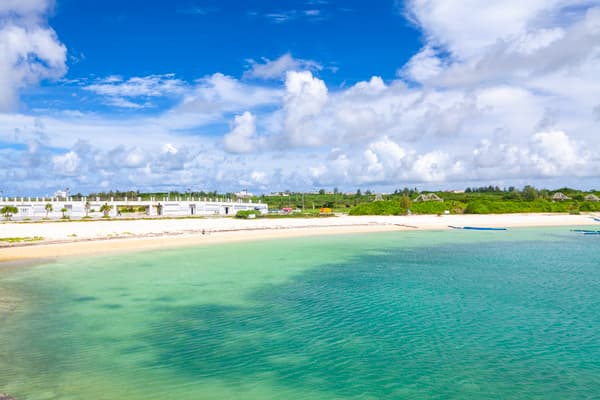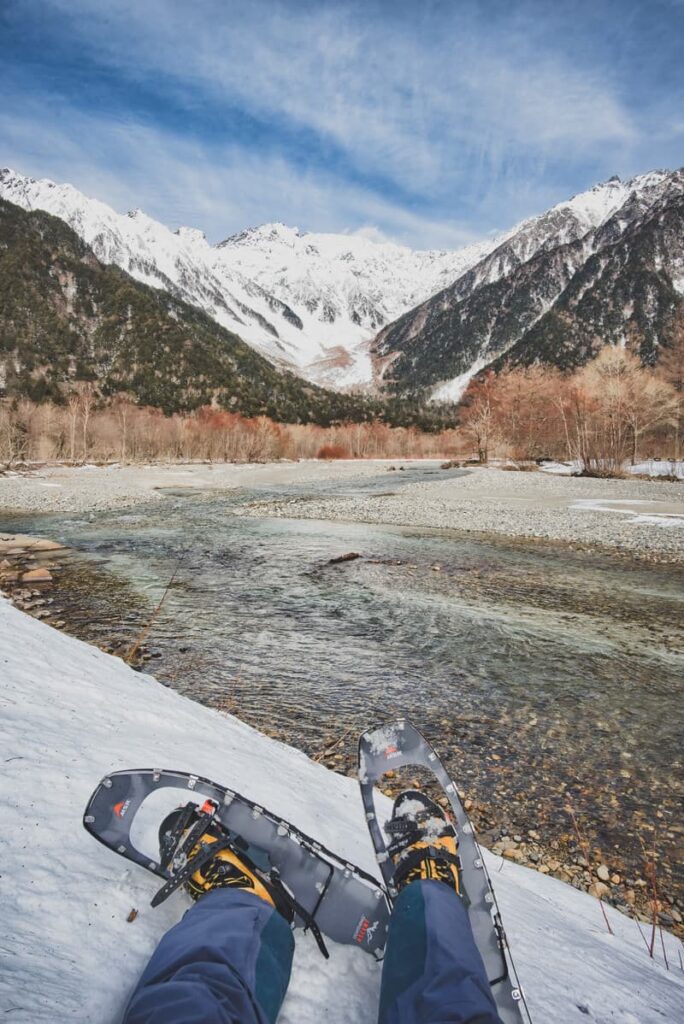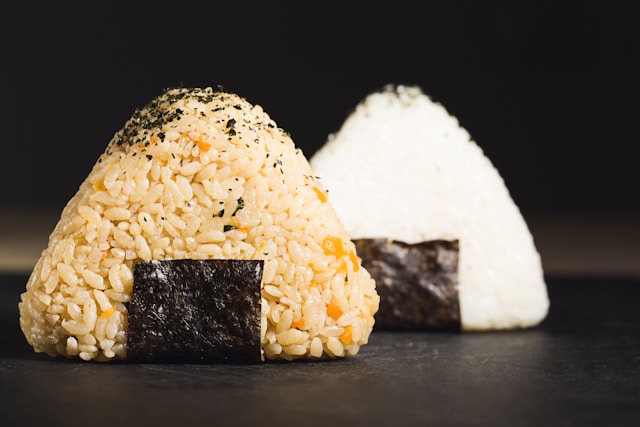Japan offers a diverse range of outdoor activities that cater to all kinds of adventurers. From the tropical beaches of Okinawa to the snowy mountains of Hokkaido, there’s something for everyone. This guide provides an overview of eight different outdoor activities across Japan, along with useful information such as best seasons, fees, and how to access each location.
Paragliding Over the Tottori Sand Dunes
The Tottori Sand Dunes offer a unique backdrop for paragliding, providing an opportunity to glide over Japan’s largest sand dunes, which stretch over 16 kilometers along the coast. The dunes themselves are a natural wonder, formed over 100,000 years by sediment deposits from the Sendaigawa River. Paragliding here offers a blend of desert and ocean scenery, a combination that is rare in Japan. Instructors are available for beginners, ensuring a safe and enjoyable experience.
Useful Information
- Best Season: March to December
- Duration: 2 to 3 hours
- Fees: ¥11,500 for an easy course, including insurance and equipment. Additional charges during Japanese holidays.
- How to Access: Tottori Station is the closest major station. From there, it’s about a 20-minute bus ride costing around ¥370.
Whale Watching in Okinawa

Okinawa. the southern most prefecture in Japan, is the prime location for whale watching, especially for those interested in humpback whales. These majestic creatures migrate to the warm waters around the Okinawa islands to breed and give birth. The experience is not just limited to humpbacks; you may also spot other marine life like dolphins and various seabirds. Tours often include educational components, where guides explain the biology and behavior of these marine animals. Boats are equipped with sonar to locate the whales, and some even have underwater microphones allowing you to hear the whales’ calls.
Useful Information
- Best Season: January to April
- Opening Hours: Varies by tour operator, usually morning to afternoon
- Fees: Around ¥4,000 to ¥10,000 depending on the tour
- How to Access: Naha Airport is the main gateway; from there, you can take a bus or taxi to the harbor where most tours depart.
Cycling in Shimanami Kaido
The Shimanami Kaido is a 70-kilometer long series of roads and bridges that connect Japan’s main island of Honshu to the island of Shikoku, passing over six smaller islands in the Seto Inland Sea. The route is well-maintained, with dedicated cycling paths and bike rental stations along the way. It offers a variety of sceneries, including ocean views, mountainous terrains, and small fishing villages. The route is relatively flat, making it accessible for cyclists of all levels. There are also various rest stops and viewpoints, where you can learn about the history and culture of the area.
Useful Information
- Best Season: April to November
- Opening Hours: The route is open year-round
- Fees: Bike rentals start at around ¥1,000 per day
- How to Access: Onomichi Station is the starting point, accessible by train from Hiroshima and other major cities.
Driving on Yamanami Highway
The Yamanami Highway is a scenic 50km drive connecting Yufu City in Oita Prefecture and Aso City in Kumamoto Prefecture. The route, officially known as “Prefectural Road 11,” offers panoramic views of the grand Kuju mountain range, Iida Plateau, and Senomoto Plateau. It’s a drive so beautiful that many people visit it in all four seasons. Along the way, you can visit Tadehara Wetlands, one of the largest intermediate wetlands in Japan, Yamanami Farm for a complete nature experience, and extend your drive to Kuju Flower Park, one of the largest flower parks in Kyushu.
Useful Information
- Best Season: All year round, each season offers a different experience
- Opening Hours: The road is open year-round
- Fees: Free, but tolls may apply on certain sections
- How to Access: The closest airports are Oita Airport and Kumamoto Airport. From there, you can rent a car to drive the route.
Snowshoeing in Kamikochi, Nagano

Kamikochi is a highland valley within the Hida Mountains range, part of the Northern Japan Alps. It’s a protected area, forming part of the Chubu Sangaku National Park. The area is covered in snow for several months of the year, making it an ideal location for snowshoeing. The terrain varies, offering routes for both beginners and advanced hikers. The area is rich in flora and fauna, and you might spot wildlife like the Japanese macaque. Guided tours often include educational talks about the area’s ecology.
Useful Information
- Best Season: December to March
- Opening Hours: Daylight hours; guided tours usually start in the morning
- Fees: Around ¥5,000 to ¥10,000 for a guided tour
- How to Access: The closest station is Shin-Shimashima Station, from where you can take a bus to Kamikochi.
Diving & Snorkeling in Izu, Shizuoka
The Izu Peninsula is a part of the Fuji-Hakone-Izu National Park and is known for its diverse marine ecosystems. The area has multiple diving spots, each with its unique features such as coral reefs, underwater caves, and lava plateaus formed by ancient volcanic activity. The water clarity is exceptional, often exceeding 25 meters of visibility. Both diving and snorkeling offer chances to see a variety of marine life, including different species of fish, crustaceans, and even sea turtles.
Useful Information
- Best Season: April to November
- Opening Hours: Varies by dive shop
- Fees: Around ¥6,000 for a snorkeling tour, more for diving
- How to Access: The closest station is Atami, accessible via the Shinkansen from Tokyo. From there, local buses and trains are available.
Windsurfing in Kamakura, Kanagawa
Kamakura is located along Sagami Bay and is known for its long, sandy beaches, which provide excellent conditions for windsurfing. The area has consistent winds, making it suitable for both beginners and experienced windsurfers. Several schools and rental shops along the beach offer lessons and equipment. The location is also historically significant, being a former political center and the birthplace of the Kamakura shogunate, adding an educational element to your visit.
Useful Information
- Best Season: May to October
- Opening Hours: Usually from morning to evening
- Fees: Around ¥5,000 for a basic lesson
- How to Access: Kamakura is easily accessible by train from Tokyo, taking about an hour.
Hot Air Balloon Free Flight in Tokachi, Hokkaido
Tokachi is located in the southeastern part of Hokkaido and is known for its expansive landscapes, including mountains, forests, and rivers. Hot air ballooning offers a unique vantage point to appreciate this natural beauty. The flights are typically conducted early in the morning when the air is most stable, providing smoother rides. The area is particularly famous for its flower fields, which are best viewed from above during the summer months. Safety is a priority, and flights are conducted by certified pilots.
Useful Information
- Best Season: May to October
- Opening Hours: Early morning is the best time for flights
- Fees: Around ¥20,000 to ¥30,000 per person
- How to Access: The closest airport is Tokachi-Obihiro Airport. From there, it’s a short drive to the launch sites.
Conclusion
This guide aims to provide practical information for planning your outdoor adventures in Japan. Whether you’re interested in water sports, mountain activities, or scenic drives, Japan has a wide range of options to explore.


